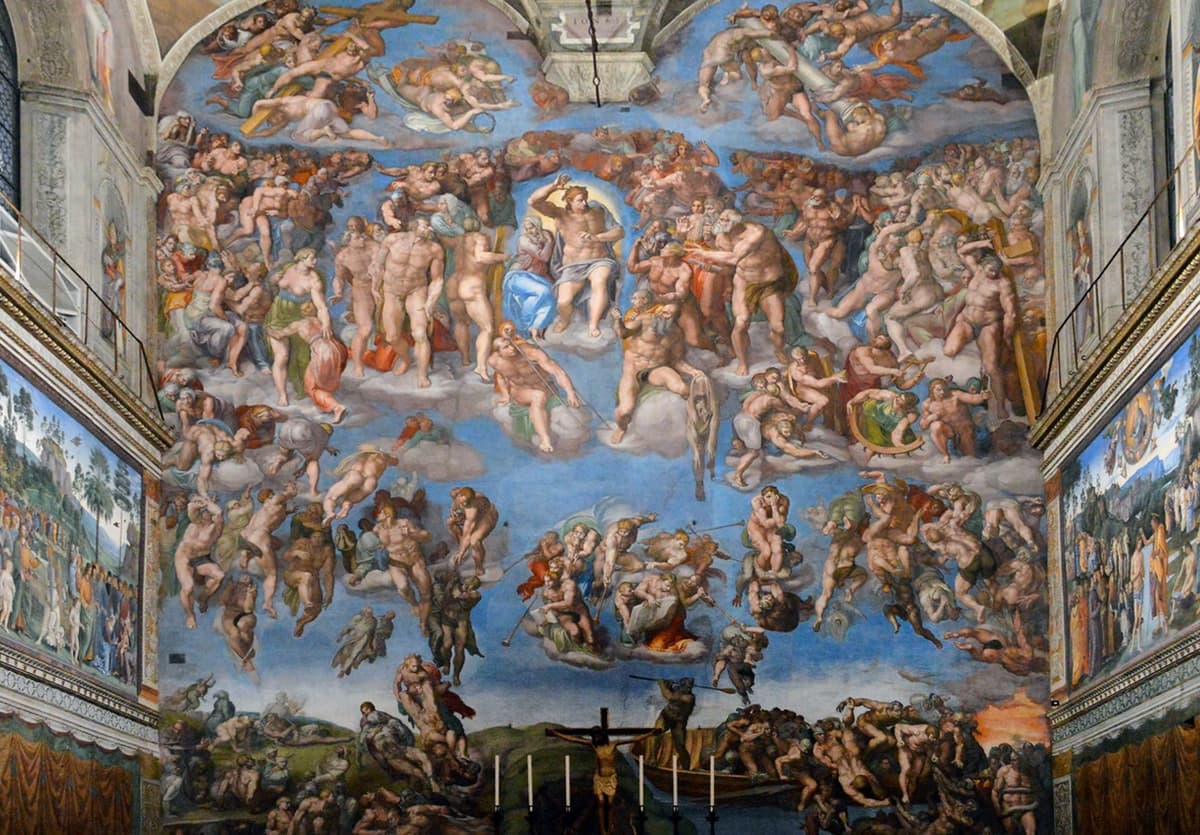Defender of the Faith, Meet the Bishop of Rome
An English king and the Roman pontiff have not prayed together since 1534.

King Charles III’s visit next week to the Vatican marks an extraordinary moment in the history of what was once called Christendom. For the first time since Henry VIII split with the Church of Rome five centuries ago, the pope — Leo XIV — and the defender of the faith — Charles — will bow their heads together in prayer. And at the Sistine Chapel no less, enmeshed by Michelangelo’s frescoes of creation and last judgment.
Charles’s two-day state visit to the Holy See would once have been unimaginable. England’s divorce from the Catholic Church — because Pope Clement VII denied the English king an annulment — was no amicable matter. Decades of strife followed, with London see-sawing between the Catholic Mary I and the Protestant Elizabeth I. Thomas More lost his head over theology, and Puritans set out for a new Jerusalem to escape the burning stake.
Every English ruler since Henry has doubled as leader of the Church of England. That is why those who sit the Coronation Chair — meaning every monarch since 1308 — are anointed with sacred oil from Jerusalem. The coronation anthem tells the story of Zadok the priest and Nathan the prophet anointing Solomon. The archbishop of Canterbury intones, “Be thy head anointed with holy oil: as kings, priests, and prophets were anointed.”
Charles and Queen Camilla will also visit the Basilica of St. Paul Outside the Walls. That site’s connection with the English Crown stretches back to Saxon times, when Kings Offa and Æthelwulf sent shekels for its upkeep. For Charles, a special seat has been created that will adorn the basilica for eternity, marked with his coat of arms and to be used solely by his heirs. Charles will become a “royal confrater” of the abbey.
A spokesman for the Church of England reassures that while the title “confers no duties or obligations on the king and makes no changes whatsoever to the formal constitutional and ecclesiastical position of his majesty as supreme governor of the Church of England, it is a tribute to his majesty.” The Anglican Church, though, acknowledges “centuries of mistrust” after Henry’s rebellion against the supreme pontiff in 1534.
So deep was that rift that no English ruler visited the Vatican at all between 1534 and Queen Elizabeth II’s trip in 1961. Vatican News calls the upcoming meeting “a historic moment in Anglican-Catholic relations” and reports that “Pope Leo XIV will lead an ecumenical prayer service for the care of creation” at the same Sistine Chapel where a vote of the College Cardinals transformed Robert Cardinal Prevost into the 267th pontiff.
While both Charles and Leo are committed environmentalists — the pope recently prayed over a chunk of ice, and the British king has long championed organic farming — it would appear to us that the two monarchs could add some other items to the agenda. Who better than these rulers of the temporal and spiritual to take a stand for the civilization — its ideals, heritage, worldview — at whose van they sit? A Europe adrift could use a dose of sacred strength.
Maybe Charles and Leo could spare a word for the people Pope John Paul II called his “elder brothers in faith” — the Jews. Antisemitism is raging in Europe in both Catholic lands — Spain, Ireland, and France, to name just a few — and Protestant England, where every day brings a fresh outrage. Pope Benedict XVI had the courage to speak out against the Islamist threat. Can his successor and England’s monarch muster between them the same spirit?

